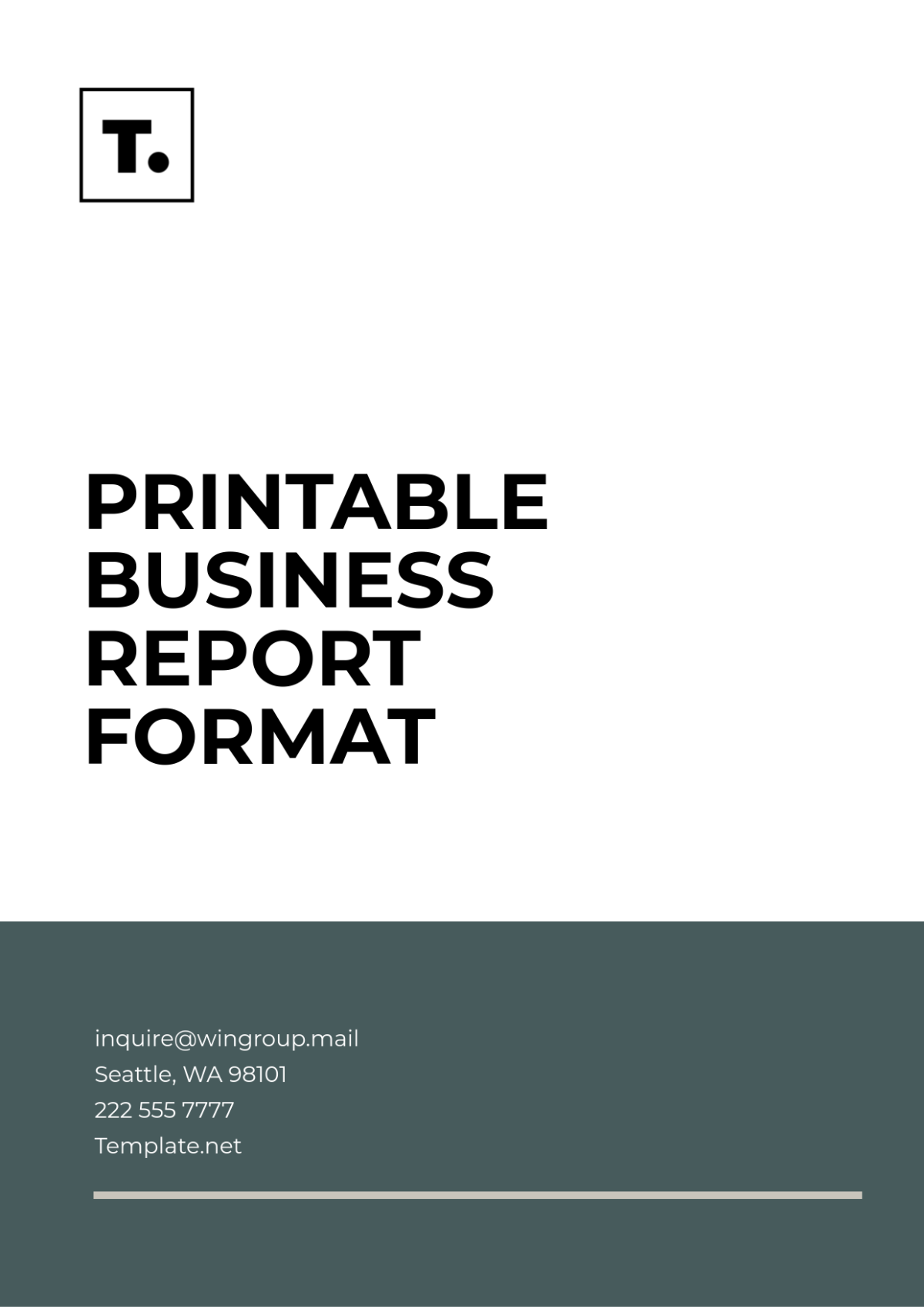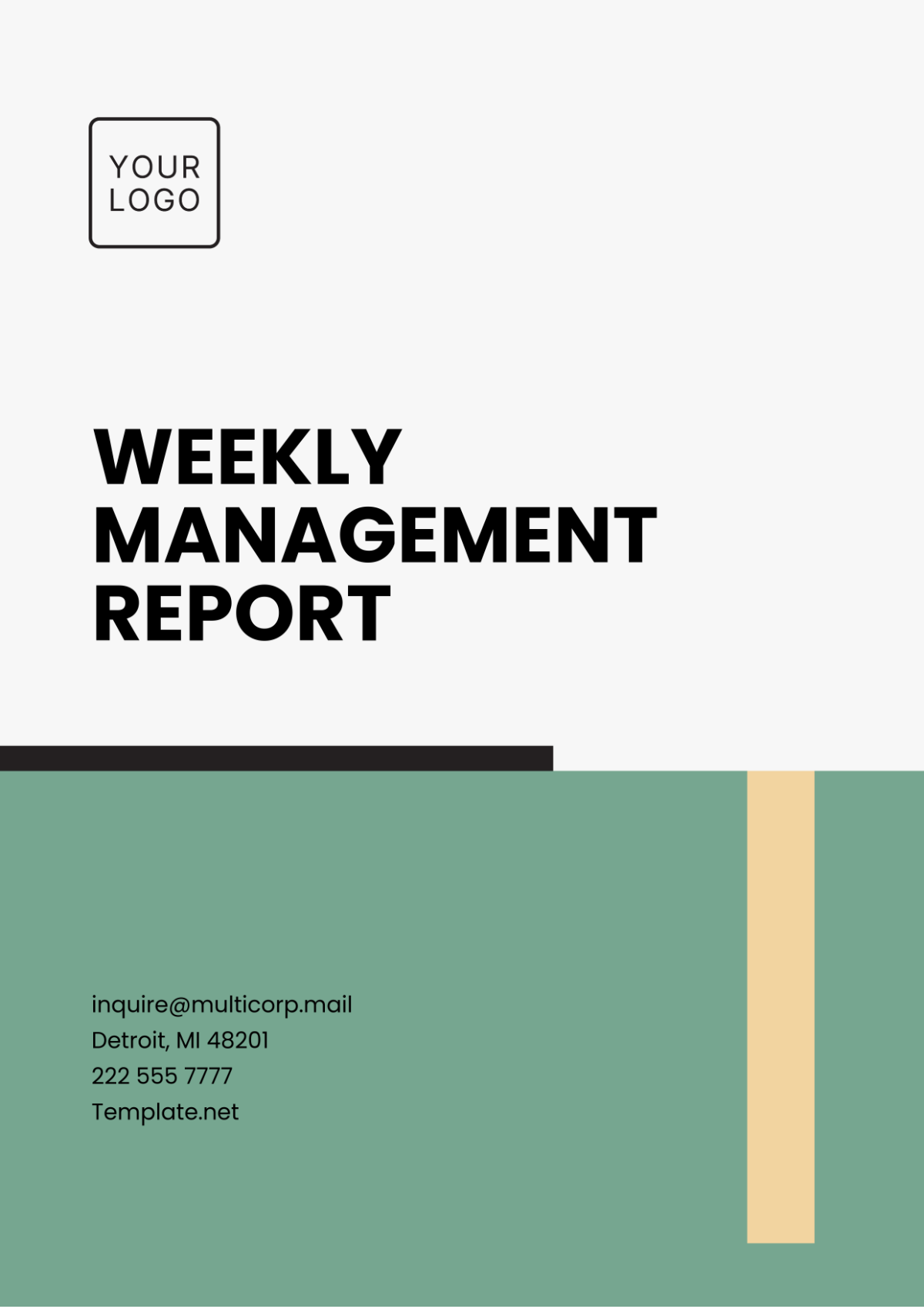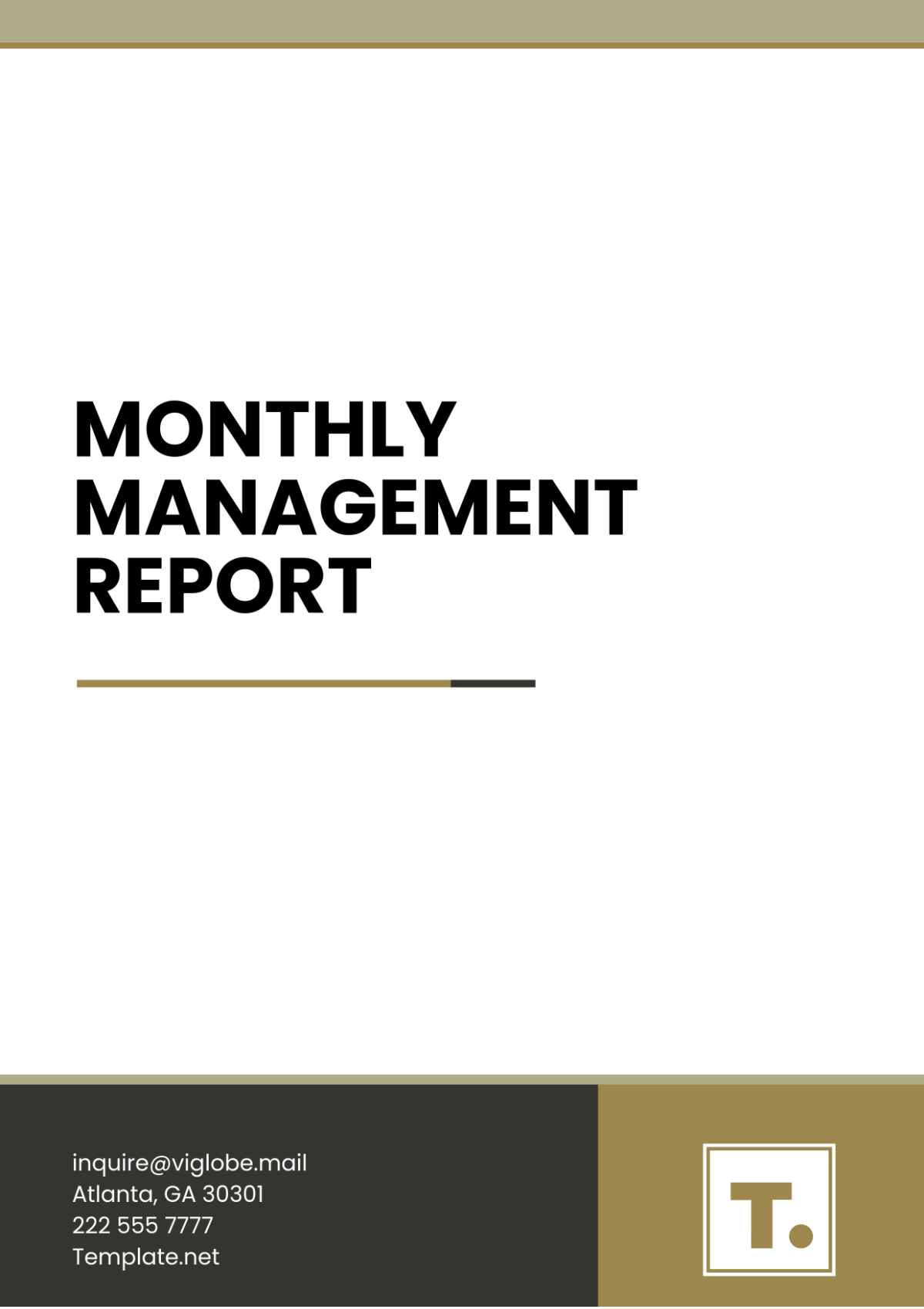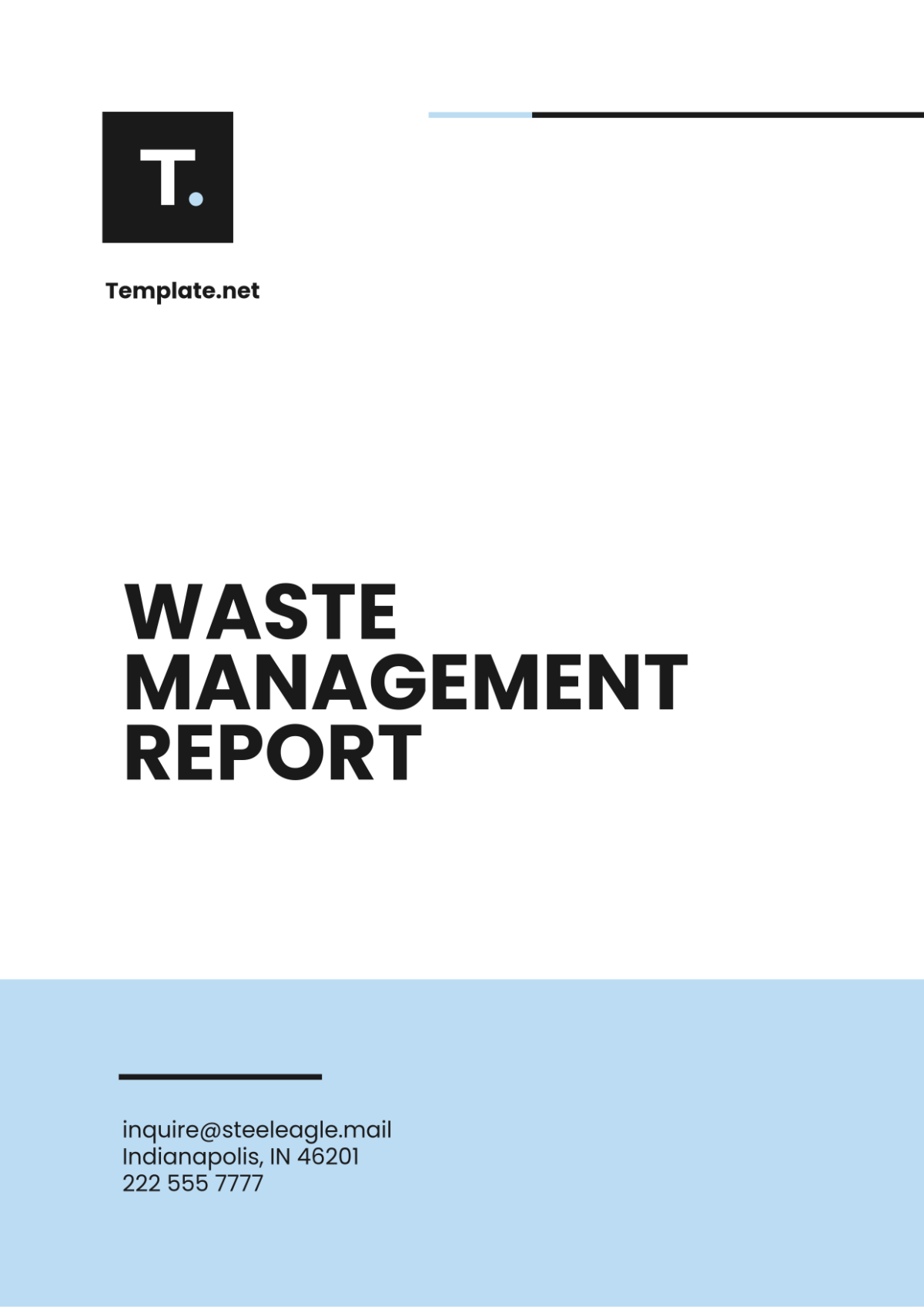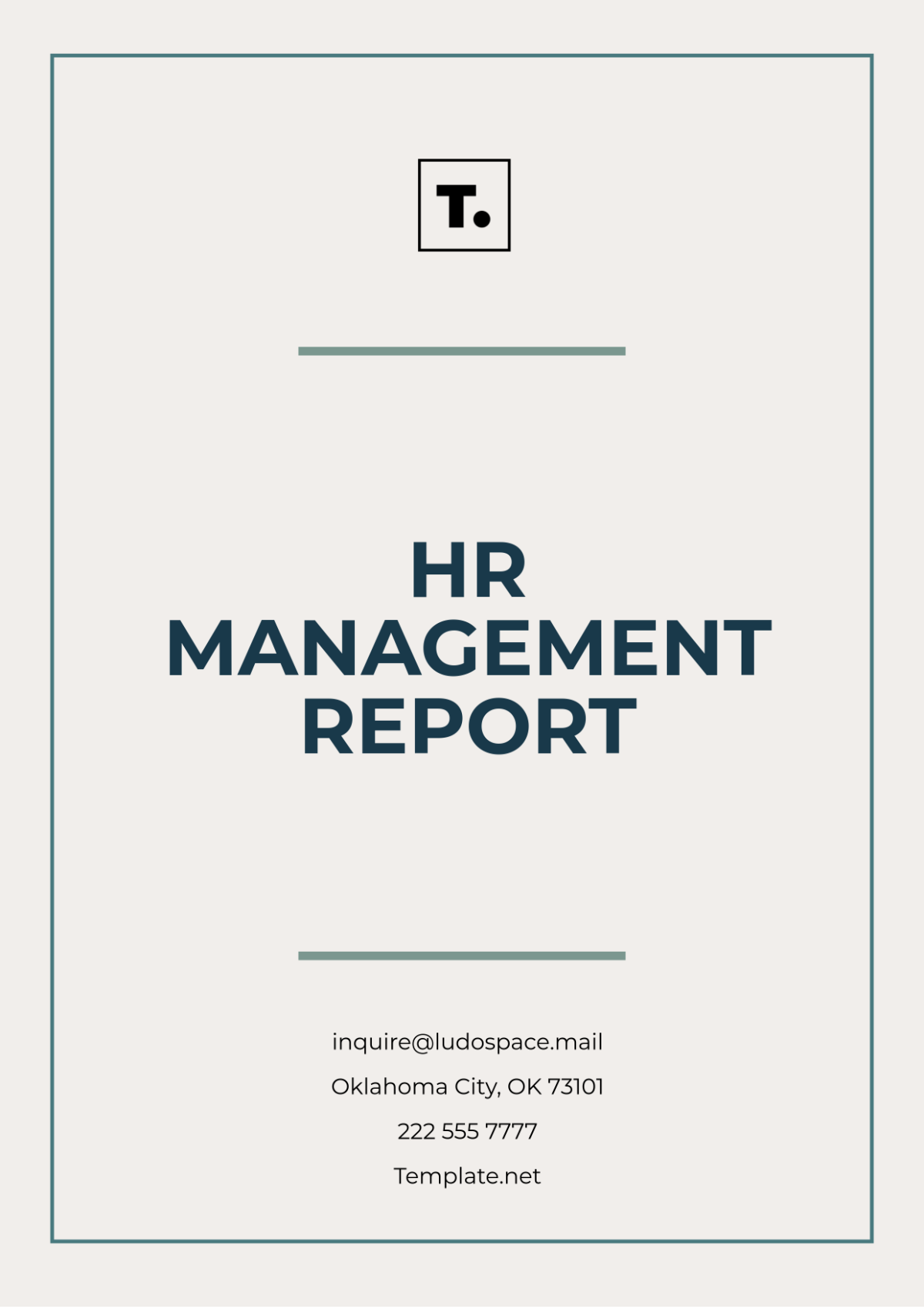Marketing Management Report on Expenditure
Report Year: [Year]
EXECUTIVE SUMMARY
In this year’s dynamic business landscape, [Your Company Name] continued its commitment to excellence and fiscal prudence in marketing endeavors. This Marketing Management Report on Expenditure offers an in-depth exploration of our financial strategies, demonstrating our dedication to achieving impactful results across diverse industries while maintaining cost-efficiency. As we delve into the details of our marketing expenditure and budget allocations, this report underscores our mission to optimize resources and maximize value for our stakeholders.
INTRODUCTION
The introduction sets the stage for a comprehensive review of our marketing expenditure for [Year]. It reflects the critical role marketing plays in achieving our business objectives, from enhancing brand visibility to driving revenue growth. As we explore the intricacies of our expenditure, this section highlights our unwavering commitment to fiscal responsibility while delivering innovative and impactful marketing solutions. By striking a harmonious balance between financial prudence and strategic marketing, [Your Company Name] seeks to maintain a competitive edge and thrive in a dynamic and ever-evolving marketplace.
This report will illuminate the key areas where we have allocated resources and the strategies employed to optimize our marketing expenditure. It provides an invaluable window into our commitment to delivering exceptional results for our customers and stakeholders, all while effectively managing costs.
EXPENDITURE OVERVIEW
In the year [Year], [Your Company Name] allocated its marketing budget strategically, with a total expenditure of $[0.00] million. The following is a detailed breakdown and a visual chart of the expenses incurred:
Advertising Expenses (Total: $[0.0] million)
Advertising Expenses | Amount |
Pay-Per-Click Advertising | $1.2 million |
Creative Development (Total: $[000,000])
Creative Development | Amount |
Content Creation | $450,000 |
Event Participation (Total: $[000,000])
Event Participation | Amount |
Trade Shows and Exhibitions | $600,000 |
Technology and Tools (Total: $[000,000])
Technology and Tools | Amount |
Marketing Automation Software | $350,000 |
Staffing and Talent (Total: $[0,000,000])
Staffing and Talent | Amount |
Marketing Team Salaries and Benefits | $[1.5] million |
Miscellaneous Expenses (Total: $[000,000)
Miscellaneous Expenses | Amount |
Marketing Consultancy Fees | $200,000 |
Cost Efficiency Analysis
Cost per Acquisition (CPA): $[00]
Cost per Lead (CPL): $[00]
Return on Advertising Spend (ROAS): [0.0]
Expenditure Trends
Compared to the previous year, there is a [00]% increase in advertising expenses due to the successful implementation of a new online advertising campaign.
Investment in marketing automation software reduced manual workload and led to a [00]% increase in cost efficiency.
Event participation costs rose slightly due to the company's expansion into new markets, resulting in a [00]% growth in lead generation.
BUDGET ALLOCATIONS
In [Year], [Your Company Name] allocated its marketing budget strategically to ensure efficient resource management and optimal campaign performance. The following is a summary of budget allocations for key marketing campaigns and channels:
A. Strategic Allocation for Diverse Campaigns:
a. B2B Campaigns:
i. Total Budget: $[0.0] million
ii. Key Initiatives: Account-Based Marketing (ABM), Industry-Specific Events
iii. Allocation Breakdown:
ABM Campaign: $[0.0] million
Industry Events: $[0.0] million
b. B2C Campaigns:
i. Total Budget: $[0.0] million
ii. Key Initiatives: Social Media Advertising, Influencer Partnerships
iii. Allocation Breakdown:
Social Media Ads: $[0.0] million
Influencer Partnerships: $[0.0] million
c. Specialized Market Segment (e.g., Healthcare):
i. Total Budget: $[0.0] million
ii. Key Initiatives: Content Marketing, Webinars
iii. Allocation Breakdown:
Content Marketing: $[0.0] million
Webinars: $[0.0] million
B. Resource Distribution for Multi-Channel Campaigns:
a. Digital Marketing:
i. Total Budget: $[0.0] million
ii. Key Channels: SEO, Social Media, Email Marketing
iii. Allocation Breakdown:
SEO: $[0.0] million
Social Media Marketing: $[0.0] million
Email Marketing: $[0.0] million
b. Traditional Marketing:
i. Total Budget: $[0.0] million
ii. Key Channels: Television Advertising, Radio Advertising
iii. Allocation Breakdown:
Television Advertising: $[0.0] million
Radio Advertising: $[0.0] million
C. Agility and Flexibility in Allocations:
a. Quarterly Reviews and Reallocation:
i. [Your Company Name] conducted quarterly reviews to assess campaign performance and market trends.
ii. Reallocation was based on emerging opportunities and challenges.
D. Monitoring and Accountability:
a. Monthly Budget Reports:
i. Detailed monthly budget reports were generated and reviewed by the finance and marketing teams.
ii. Key performance indicators (KPIs) were closely monitored to gauge the effectiveness of each campaign and channel.
The strategic budget allocations made in 2053 exemplified the company's commitment to efficient resource management and were instrumental in ensuring that marketing campaigns were both cost-effective and impactful, aligning with brand growth and revenue generation goals.
MARKETING CAMPAIGN EXPENSES
In [Year], [Your Company Name] executed a variety of marketing campaigns across different business sectors. Here's a detailed breakdown of campaign expenses for three major campaigns:
Campaign 1: Social Media Marketing for Product A
Creative Development: $50,000
Advertising Costs (Social Media Ads):
Content Creation:
Analytics and Reporting Tools:
Total Expenses for Campaign 1: $[000,000]
Campaign 2: Industry-Specific Trade Show Participation
Booth Rental and Setup: $30,000
Marketing Collateral Printing:
Event Staffing and Travel:
Event Registration Fees:
Total Expenses for Campaign 2: $[00,000]
Campaign 3: Email Marketing and Customer Retention
Email Marketing Software Subscription: $8,000
Content Creation and Design:
A/B Testing and Optimization:
Customer Segmentation Tools:
Total Expenses for Campaign 3: $[00,000]
COST OPTIMIZATION INITIATIVES
[Your Company Name] actively pursued cost optimization strategies to ensure efficient resource utilization while maintaining campaign effectiveness. Here are some sample cost optimization initiatives implemented during [Year]:
Initiative 1: Automated Marketing Workflows
Implementing marketing automation tools reduced manual effort and saved an estimated [00]% of labor costs across campaigns.
Initiative 2: Consolidated Analytics Tools
By consolidating various analytics and reporting tools into one platform, we achieved annual savings of approximately $[00,000].
Initiative 3: Smart Budget Allocation
Through in-depth data analysis, we optimized budget allocations, shifting resources to campaigns that exhibited higher ROI potential.
Initiative 4: Vendor Negotiations
Negotiating better terms with marketing service vendors and partners resulted in a [00]% reduction in external service costs.
These cost optimization initiatives not only reduced expenses but also enhanced our overall return on investment (ROI). By the end of the year, these initiatives contributed to a [00]% reduction in marketing expenditure while maintaining or even improving campaign performance.
RETURN ON INVESTMENT (ROI)
Assessing the effectiveness of our marketing campaigns is crucial to gauge their impact on revenue and brand enhancement. In [Year], we meticulously calculated ROI for each campaign, and here's a breakdown of the results:
Campaign 1: Social Media Marketing for Product A
Total Expenses:
Total Revenue Generated:
ROI Calculation: [(Total Revenue - Total Expenses) / Total Expenses] x 100
ROI for Campaign 1: ([$[000,000] - $[000,000] / $[000,000]) x 100 = [00.00]%
Campaign 1 delivered an impressive ROI of [00.00]%. This campaign was a major contributor to our revenue growth, achieving a substantial return on investment.
Campaign 2: Industry-Specific Trade Show Participation
Total Expenses:
Total Revenue Generated:
ROI Calculation: [(Total Revenue - Total Expenses) / Total Expenses] x 100
ROI for Campaign 2: ([$[000,000] - $[00,000]] / $[00,000]) x 100 = [00]%
Campaign 2, the trade show participation, yielded an ROI of [00]%. While it did not match the ROI of Campaign 1, it successfully raised brand awareness and played a crucial role in expanding our customer base.
Campaign 3: Email Marketing and Customer Retention
Total Expenses:
Total Revenue Generated:
ROI Calculation: [(Total Revenue - Total Expenses) / Total Expenses] x 100
ROI for Campaign 3: ([$[00,000] - $[00,000] / $[00,000]) x 100 = [00.00]%
Campaign 3, focusing on email marketing and customer retention, achieved an impressive ROI of [00.00]%. It not only enhanced customer engagement but also contributed significantly to revenue growth.
Overall Marketing ROI for 2053
Total Marketing Expenses:
Total Marketing Revenue Generated:
Overall Marketing ROI: ([$[000,000] - $[000,000] / $[000,000) x 100 = [00.00]%
In [Year], the overall marketing ROI was [00.00]%. This indicates that for every dollar invested in marketing, we earned $[0.00] in return. It underscores the effectiveness of our marketing efforts in boosting revenue and brand enhancement.
CONCLUSION AND RECOMMENDATIONS
In conclusion, the year [Year] was marked by strategic marketing initiatives and prudent cost management at [Your Company Name]. The comprehensive analysis of campaign expenses, cost optimization initiatives, and ROI assessments yielded invaluable insights into our marketing performance. Here are the key takeaways and recommendations:
Key Findings:
Impressive ROI: The campaigns were successful in generating revenue and brand enhancement. Campaign 3, focusing on email marketing and customer retention, stood out with a remarkable ROI of [0.00]%.
Varied Campaign Performance: Each campaign had a unique impact. Campaign 1 excelled in ROI, Campaign 2 contributed to expanding the customer base, and Campaign 3 demonstrated the power of customer retention.
Cost Optimization Success: The cost optimization initiatives led to a [00]% reduction in marketing expenditure while maintaining or improving campaign performance.
Recommendations:
Data-Driven Decision-Making: Continue to base marketing decisions on data analysis. Allocate resources to campaigns with the highest ROI potential and customer engagement impact.
Further Cost Optimization: Build on the success of cost optimization initiatives by exploring new opportunities, negotiating better terms with vendors, and automating tasks where possible.
Customer-Centric Approach: Leverage the insights from Campaign 3 to further nurture customer relationships and enhance customer loyalty across all campaigns.
Diversification: Consider diversifying marketing strategies by exploring emerging channels and innovative approaches to stay competitive in the ever-evolving market.
Regular Assessment: Implement regular assessments and audits of marketing campaigns to ensure alignment with changing market dynamics and business goals.

